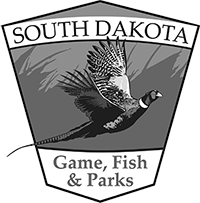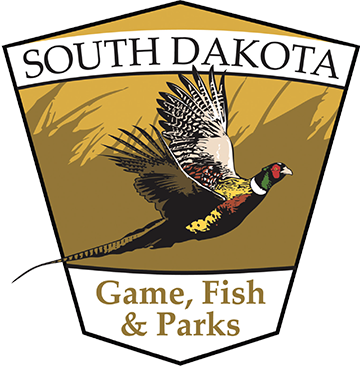Recovering America's Wildlife Act (RAWA)
The well-being of South Dakota’s fish and wildlife rests with us all, under the leadership of South Dakota Game, Fish and Parks. The agency has worked hard on behalf of the public for our state’s resources for the past 100 years. The next 100 years bring many challenges, including the need to expand funding sources so all fish and wildlife species and the habitats they need can be better monitored, managed, protected and recovered. Public attitudes and expectations change over time, and SDGFP will do its best to continue aligning its mission and activities with what people need, want and expect.
The Recovering America’s Wildlife Act is a potential game changer for state and tribal wildlife agencies. This bipartisan legislation would redirect $1.3 billion per year in existing revenues from the U.S. Treasury to provide federal match funds for state wildlife management programs and $97.5 million per year for tribal wildlife agencies.
Each state wildlife agency has a state wildlife action plan or other strategic planning document to guide efforts to provide a comprehensive approach to fish and wildlife management beyond more traditional game management. Within each state plan is a list of species of greatest conservation need. These species include rare species but also more common fish and wildlife that need a variety of habitats to survive. These same habitats provide food, space and shelter for game species and for use for agriculture, outdoor recreation, irrigation, drinking water, forestry and enhanced quality of life. South Dakota’s Wildlife Action Plan identifies 104 species of greatest conservation need. Nationwide, there are more than 12,000 such species. Recovering America’s Wildlife Act will help states implement those plans in proactive conservation and assist tribal wildlife agencies in meeting their wildlife and habitat challenges.
Why is this funding needed?
State wildlife agencies have traditionally funded their work with hunting and fishing license revenues and companion federal match sources under the Wildlife and Sport Fish Restoration Program. Only bird, mammal and sport fish work is eligible for these match funds, leaving behind hundreds or even thousands of other species, such as reptiles, amphibians, invertebrates and nongame species. And although hunting and fishing are important traditions in South Dakota, as the number of hunters, trappers and anglers declines, it’s time that other users and beneficiaries of wildlife and habitat stewardship help meet this need.
How much would South Dakota receive from this source?
Based on a formula based on a state’s population size and land area, South Dakota would receive $14.6 million per year in federal funds, to be administered by SDGFP. These funds would be matched with $4.9 million in eligible funds or other match sources, such as contributions of time, labor and other services. These new funds would not affect current federal match sources, including funds from the Pittman-Robertson Act, Dingell-Johnson Act or Land and Water Conservation Fund.
How can these funds be spent?
These new funds will help state wildlife agencies implement their wildlife action plans to benefit all fish and wildlife and their habitats. Activities may include:
- Conserve and manage state and private lands for the full array of diverse fish and wildlife species identified as species of greatest conservation need and their habitats;
- Work with private landowners for voluntary conservation and management without requiring public access;
- Conduct research, monitoring, restoration and management needed to understand and reverse population declines;
- Develop, revise and implement wildlife conservation strategies identified in the state Wildlife Action Plan;
- Create and implement wildlife conservation education programs and projects, including public outreach to foster natural resource stewardship;
- Advance wildlife-associated recreation projects to meet the demand for outdoor activities, such as hunting, fishing, wildlife observation and photography, wildlife viewing areas or structures that facilitate this activity and water trails and access;
- Address threats and risks to state species of greatest conservation need, such as invasive species, nuisance species and diseases;
- Assist in recovery of state or federal threatened or endangered species; and
- Protect and conserve a species of greatest conservation need and habitat of such species through directly related law enforcement activities.
These funds cannot be used to promote or encourage opposition to the regulated take of fish and wildlife.
Tribal wildlife agencies have a similar list of potential actions, with no match required from tribes.
Where can I learn more?
South Dakota Wildlife Action Plan summary
South Dakota Wildlife Action Plan website
South Dakota fact sheets produced by AFWA

